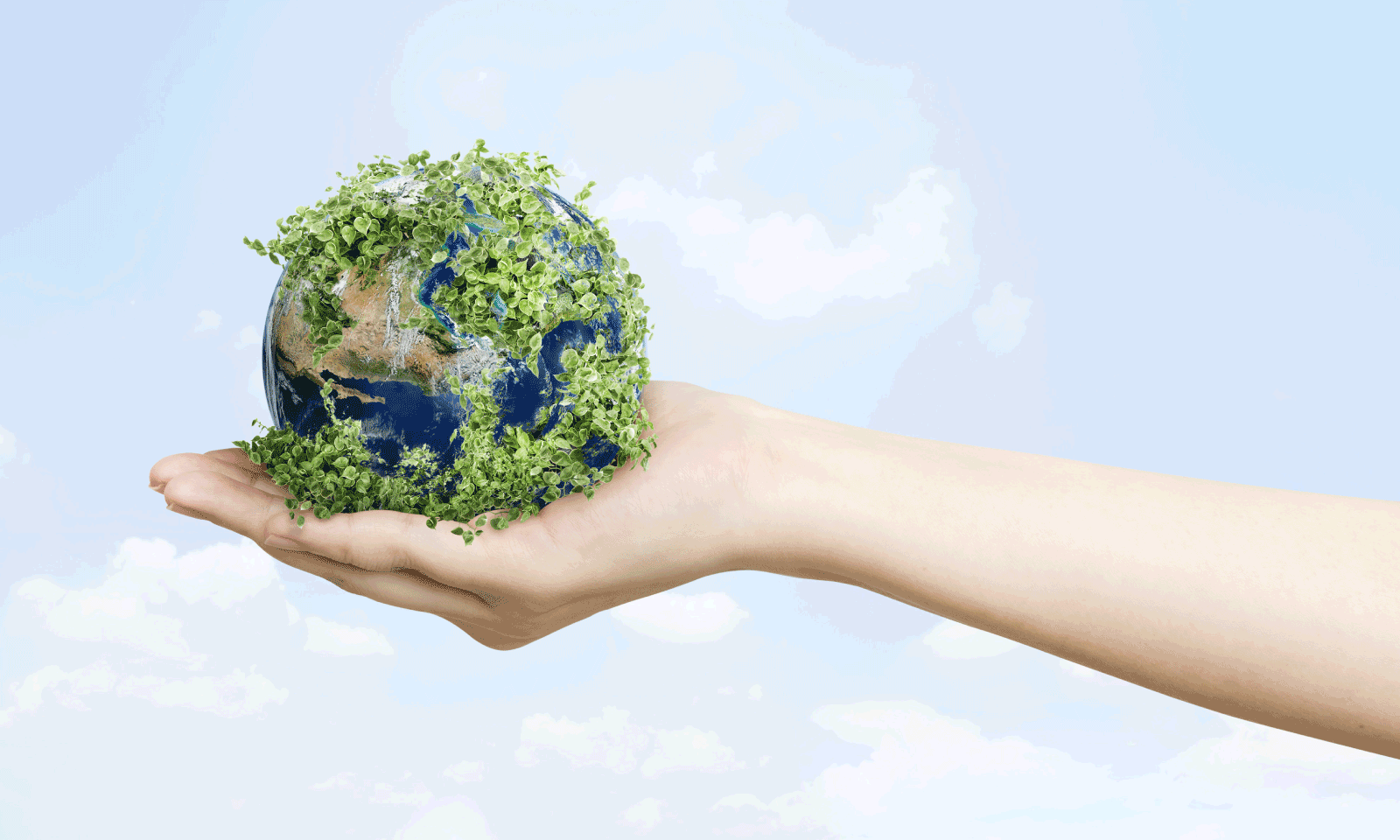7 Simple Sustainable Swaps For Your Everyday Routine

Over the last few years, there’s been a growing awareness of climate change and the steps we need to take to reduce our carbon footprint.
According to a report by SmartestEnergy, 4 out of 5 people consider a brand’s commitment to the environment and sustainability before making a purchase. This shows that consumers are starting to take action and are seeking new ways to make greener choices.
Small, everyday actions can make a difference. That’s why we’ve put together a list of 7 simple yet sustainable swaps for your daily routine.
1. Reusable water bottles
Let’s face it—water bottles are one of the biggest polluters on our planet. Did you know that 80 per cent of water bottles end up in landfills rather than being recycled? And that’s not the only problem. It takes each bottle around 1000 years to fully decompose!
Most plastic water bottles are made from chemicals like polyethylene terephthalate (PET). When these chemicals leach out, it can be harmful to the environment. We can’t stop all production of single use water bottles, but what you can do is switch to reusables instead. It’s a really simple swap that can really help you to cut down on waste.
There are so many different designs of water bottles that are sold in supermarkets and online. If you want, you can even get one personalised with your name on it!
2. Switch to reusable shopping bags
There are so many problems with single use shopping bags that we don’t even know where to start. Many plastic bags end up in landfill, on the street and in the ocean. This can be harmful to the environment and wildlife.
So, what’s the solution? Stop buying single use bags completely. Use what you already have at home, whether that’s a sturdy plastic bag or a cotton tote. Many of these bags also have a bad impact on the environment as it takes up a lot of resources like water and energy to produce even a single reusable bag.
Despite that, reusables are still a better option than adding more plastic to the environment. As long as you take good care of your bags, they could last for many years. That’s the end goal here.
3. Use bars of soap
Most shampoo and shower gels are packaged in plastic because that’s the easier and cheapest option. The downside to this is so many plastic bottles are unable to be recycled, so they end up in landfills.
Soap bars on the other hand have significantly less impact on the environment. Most of the time, they are packaged in a small amount of cardboard and the entire bar is zero waste. This means you can keep using it until it is almost completely finished.
There are a range of bars available, including shampoo and conditioner, face wash and shaving bars. Most of these bars are multi-use which saves you both time and money. If you haven’t made the switch yet, now is the time to start!
4. Go plant-based
According to BBC news and other reports, meat produces the most greenhouse gas emissions. Red meat is supposed to be the worst culprit, but overconsumption of white meat and fish is also a growing problem.
It's now easier than ever to find replacements for animal-based products and there are so many delicious options available! To boost up your protein and calories, add a portion of beans, chickpeas or lentils to your meals!
Did you know that a vegan diet has also been linked to reducing different illnesses and diseases, as well as helping to reduce period pain?
5. Drink loose leaf tea
You might be surprised to find out that tea bags aren’t eco-friendly. In the UK, we drink thousands of cups of tea every week and we throw the tea bags either in the bin or the compost. The problem with most tea bags is they contain a small amount of plastic, which means that you can’t put it in the compost! It won’t break down entirely and it will contaminate everything else.
Luckily, you don’t need to give up the tea to save the planet. Many zero waste stores and online health stores stock loose leaf tea, which is a much better option. And loose-leaf tea often has a more intense flavour, too!
6. Make your own cleaning cloths
What are most microfibre cleaning cloths made from? Yep, that’s right, polyester. While these cloths are reusable and not the biggest offender on the list, they still have a negative impact on the environment. Many people buy these cloths in bulk, too, which means that thousands are being produced every single month.
Do you have an old t-shirt with holes in it or permanent stains that you just can’t seem to remove? Don’t throw it away! DIY cloths can be made from these bits of fabric. All you need is a pair of scissors and an old t-shirt or blanket or whatever you have lying around. These cloths can be used over and over again, which cuts back on waste and simplifies your cleaning routine.
7. Ditch the disposables and switch to reusable period underwear
Single-use period products like tampons and pads end up in landfills, where they could take up to 1000 days to decompose. It’s a growing problem that is only set to get worse unless more people swap to reusables.
Our reusable period underwear has significantly less impact on the environment as we cut back on waste. Our undies can be worn for around 3 years if you take good care of them. This saves you time and money since you won’t be buying new period products every month.
Our period underwear has antimicrobial properties, so you can wear a pair of them all day long and still feel dry and fresh.
Give them a try and see what you think!



